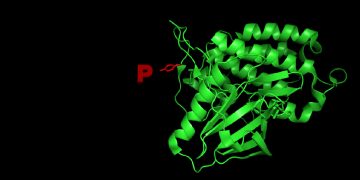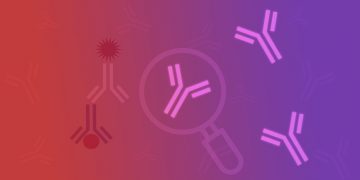
10 Tips for Western Blot Detection of Phosphorylation Events

Six Tips to Improve Your Co-IP Results

10 Tips for Western Blot Detection of Proteins Present in Tissue Lysates

Got Purification Troubles?

Finding a Good Antibody:
Part III – Publish Meaningful Data

Finding a Good Antibody:Part II — Antibody Validation

Finding a Good Antibody:
Part I — Selecting the Best Antibodies

Preamplification and How it Can Be Used to Maximize qPCR Data Generation from Limited Samples

Tips to Make Fluorophore Picking Easier


